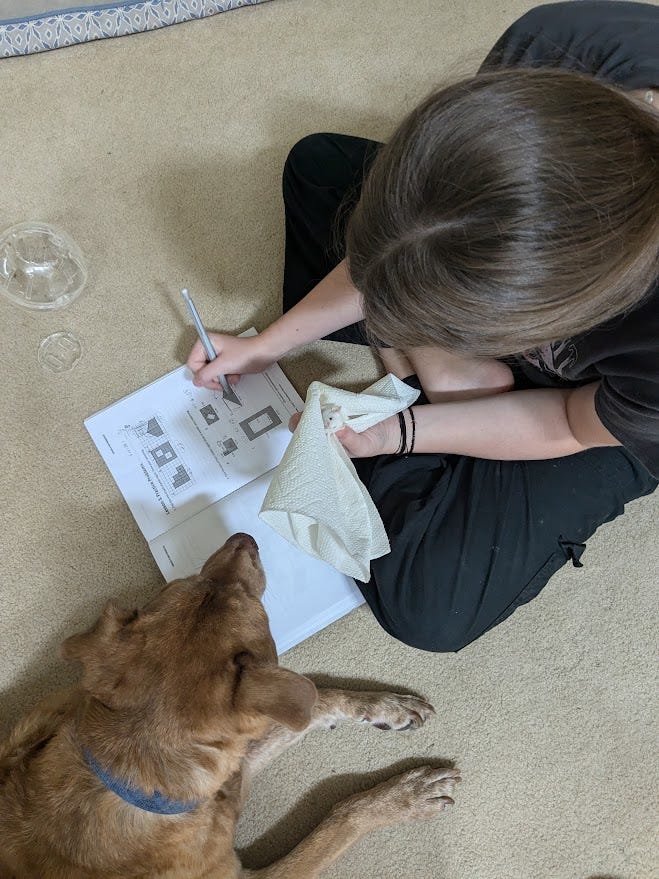We began this series with the basics of potential energy and kinetic energy. The stored energy needs something to transform it into active energy. However, per Sir Isaac Newton, an object in motion only stays in motion until another force is acted upon it. What forces slow down your motion and drain your energy?
Here’s a short list for me:
Math homework with my middle schooler
Unending bad news cycles
Feeling misunderstood and unable to clarify the miscommunication
Infections
While many of these are external events, the cause could also be an internal one. The first December after I was diagnosed with rheumatoid arthritis, I was so sick, and slowed down so much, that my best friend flew out at the end of the year to help me get going again. It is easy to slow down; it can be a lot harder to exert force on yourself to get yourself going again.
Other internal events where we slow ourselves down are not related to physical health but to mental and emotional health. It takes more energy to suppress our emotions than to allow ourselves to feel them. Every time we bite our tongue it costs us more than we realize. The cost of holding it together may be worth it. My ten-year-old has practically perfect behavior at school – because when he’s annoyed or angry about something that happens on the playground, he waits until he gets home to express his frustration, sometimes with consequences at home, depending on his choice of expression. Similarly, it takes more energy to adapt ourselves to fit in than to just be ourselves. When we have to monitor ourselves, what we say, how we act, it takes more energy than when we can just let ourselves be. At the same time, we can’t completely avoid such places. Instead, we continue to find ourselves in places where only certain ways of expressing emotion are acceptable, where emotions are judged as “good” and some are “bad” and you *shouldn’t* feel any bad ones. Along gender lines, there’s a line that boys can’t be sad and girls can’t be angry. Sometimes, we have to adjust to a corporate or other environment where you must behave a certain way in order to belong; you must toe the line of the company culture. All of these actions wear down our energy and wear down our resilience.
Remember, once you slow down, an object at rest will stay at rest until an outside force is exerted on it to get it moving. According to the comic strip below (referenced in the sermon I heard last Sunday), we all need a swift external force to get us moving!
August 3, 2012, Bill Watterson
The first step in solving a problem is recognizing that there’s a problem in the first place. Do you engage regularly in activities that completely drain you? Is it a problem, or do you have enough recovery time built in? About five years ago, I became much more fit and stronger and started taking a weekly bootcamp class at a local gym. I could get through the sixty minutes just fine; the problem was that it took me three days to recover from it and that was not sustainable with my family. It’s important to identify and recognize what saps our energy as well as how we recover from those events.
Questions to consider: What stops your motion? Are there ways to avoid those events? Or do you just have to mitigate their effects on your energy level? Then, how do you get your energy back? Where does your swift kick come from? How do you become more active again?





